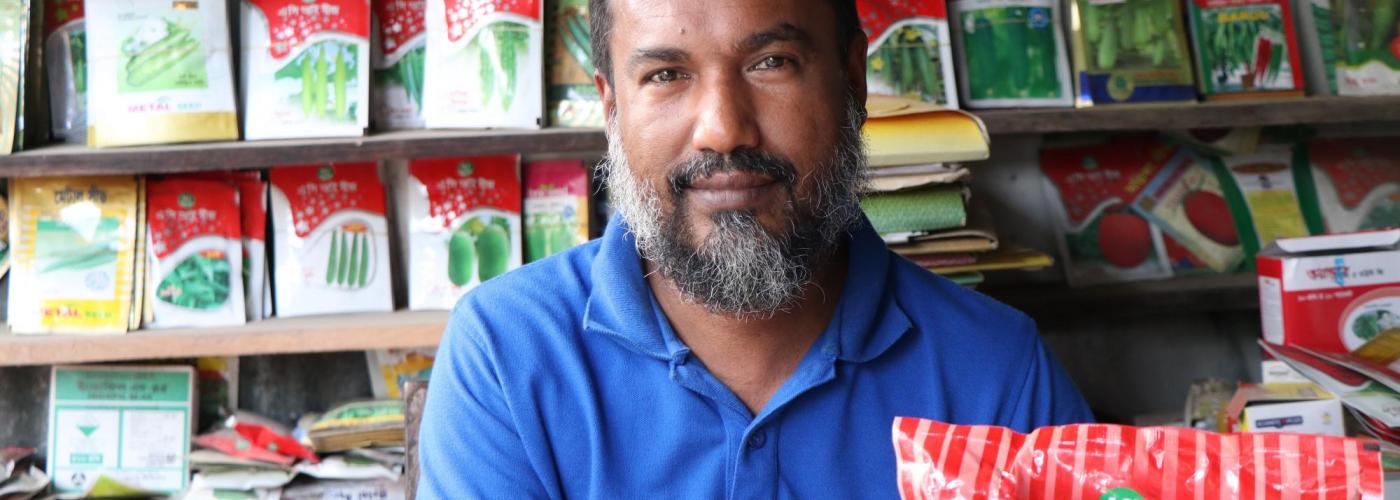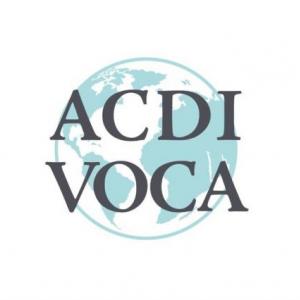Could Asset-Based Finance Be a New Solution for Financing SMEs?
Image

This post is authored by Paul Newall, associate director of Partnerships & Investments at ACDI/VOCA, and Christine McClung, associate manager of Project Operations at ACDI/VOCA.
As millennials working in Washington, D.C., we try to have our finances pretty well managed. We both invest in our retirements, own our cars, and have no outstanding debt. If we went to the bank today and requested loans to open bagel shops, would we get them? Possibly. But banks would probably ask us for collateral. As with most of our peers living in major cities, property and land ownership are unaffordable, so our collateral lending options are limited. Luckily, in the United States, we could use our cars as collateral to back our loans. The dream of opening a bagel shop is saved!
In global development, we see similar issues in access to finance for agricultural businesses. The micro, small, and medium enterprise (MSME) finance gap is estimated to be $5 trillion, which is 1.3 times the current level of global MSME lending. Access to finance is a major pain point in market systems development, but how can we go beyond traditional financing methods to better reach agricultural businesses?
One solution may be asset-based finance. Asset-based finance is a specialized type of finance that uses moveable assets, such as vehicles, equipment, or receivables, as collateral and the primary source of repayment for loans. This differs from traditional lending, in which financial institutions often only consider immovable assets, such as land or buildings, as collateral. Additionally, asset-based finance offers a unique opportunity to increase access to finance and income generation for small- and medium-sized enterprises (SMEs) by allowing them to earn revenue from the asset and pay for it over time.
Asset-based finance is flexible and may take many forms:
- Accounts Receivable Financing: A business’s outstanding invoices serve as collateral.
- Warehouse Receipts: A receipt certifies ownership of a commodity, which can be used as a pledge to obtain a loan.
- Purchase Order Finance: SMEs use a purchase order as collateral.
- Factoring: SMEs sell invoices to the financier (“factor”). The factor then pays the SMEs a percentage of the accounts receivable value and takes over responsibility for collection.
- Leasing: The provider (“lessor”) owns the asset and grants the client (“lessee”) the use of the equipment in exchange for periodic payments.
According to global estimates, movable assets comprise 78 percent of total business assets; immovable assets represent only 22 percent. Using these existing movable assets as collateral in lending could be a major advantage to agricultural businesses. These businesses are often denied traditional loans due to the perception of agriculture as a risky sector and stringent collateral requirements.
Asset-based finance may also increase access to finance for women-owned businesses—not only because women are less likely to own land or buildings, but also because laws in many countries prohibit women from owning property at all.
Few financial institutions or borrowers understand the benefits of asset-based finance, which is why the Feed the Future Bangladesh Rice and Diversified Crops Activity, funded by USAID and implemented by ACDI/VOCA, is changing the way people access finance and sparking new market connections. The Activity is currently looking into ways to support asset-based finance in Bangladesh, including supporting moveable property legislation, promoting industry dialogue with stakeholders, and establishing innovative asset-based finance arrangements between financial service providers and SMEs.
In rural Bangladesh, this type of finance could unleash untapped credit potential for SMEs. At the same time, it could help meet the Activity’s goal of improving incomes and food security through systemic market change.


